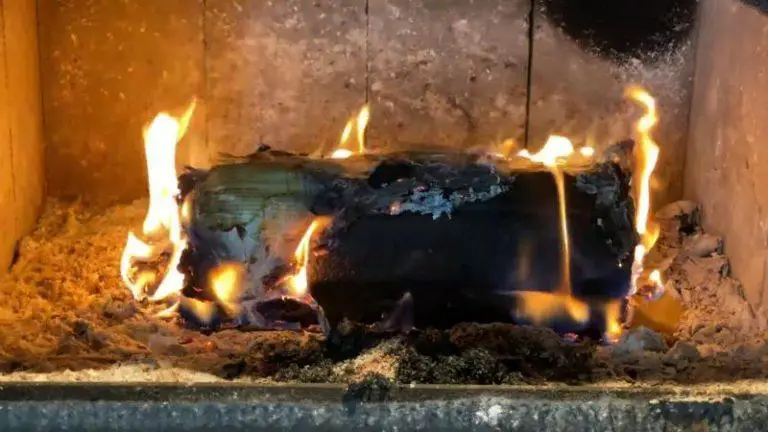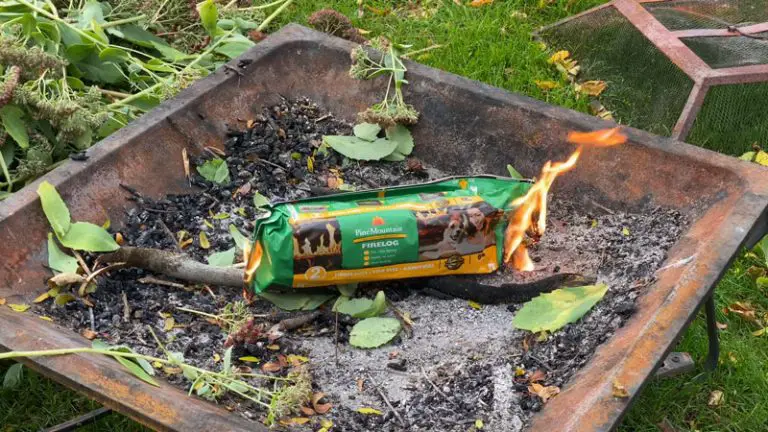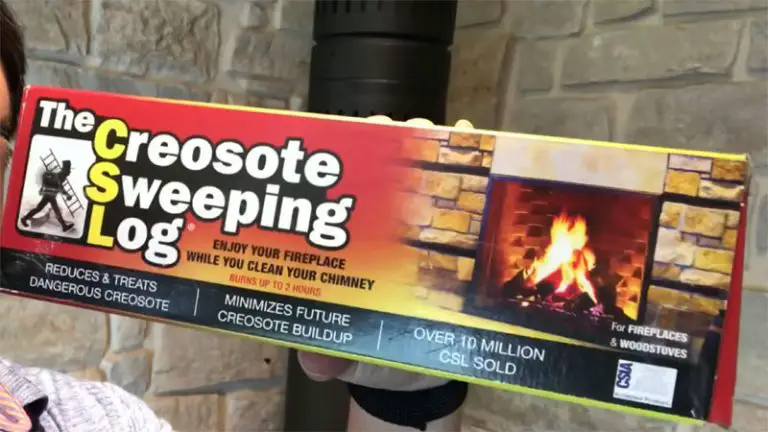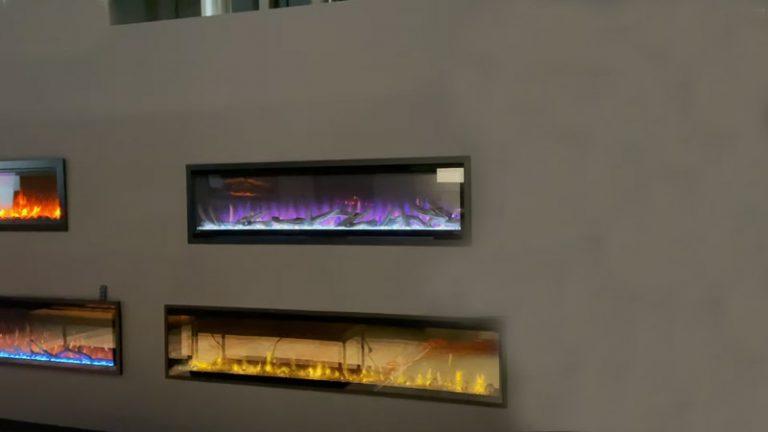What Dissolves Creosote
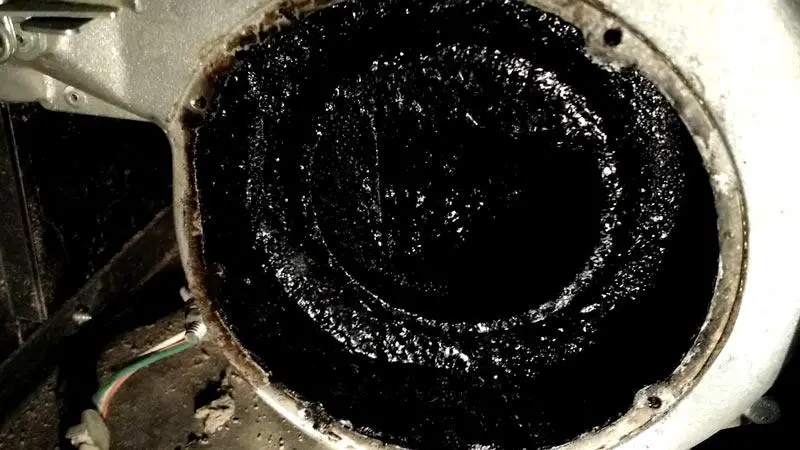
If you’ve been unable to get the smell of smoke out of your home, there is a chance that creosote was used in the cleaning process. To clear up the smoky mess, first, try spraying down surfaces with a Creosote Liquid Neutralizer and then wait until it’s absorbed before moving on to other tasks.
If this doesn’t work, use an effective chemical cleaner like Odor-B-Gone or All-Purpose Cleaner and rinse everything off afterward. Finally, if even these measures don’t do the trick, call in professional help from a restoration company specializing in removing creosote fumes from homes.
You'll Learn About
What Dissolves Creosote?
Sometimes, a quick solution to a problem can be spraying Creosote Liquid away. If your home is still smokey after trying the above methods, it might be time to call in professional help.
When removing Creosote from your home, make sure you use safe and effective cleaners that won’t cause any damage or leave residue behind. Finally, keep in mind that cleaning up a smoky house may require more than just calling for help – it’ll likely take some effort on your part too.
Use Vinegar
The best way to get rid of creosote is to use vinegar on a regular basis. Make sure you remove your sticky residue before it dries. You can also use soap to remove the creosote. To get rid of the creosote, place a bowl in the sink, fill it with water and add vinegar.
You can also pour the mixture into a spray bottle. Let it soak for 20 minutes and then scrub the residue. This method should be repeated once a month.
Spraying Creosote Liquid Away
Creosote liquid is a dangerous and potent solvent that can dissolve just about anything, including your home’s foundations. If you see creosote liquid seeping from cracks in your house, act fast to prevent further damage.
Use a powerful sprayer to quickly disperse the creosote liquid away from your home before it has a chance to do any more damage. Make sure you have all of the necessary safety gear before spraying: protective clothing, eye protection, and gloves (if applicable).
Remember that even small amounts of this corrosive substance can cause serious structural damage if left unchecked.
Clearing Up a Smokey House
If you notice a smell in your home that is not coming from the fire, it might be because of creosote. Creosote can cause a musty smell, and it’s also responsible for smoke damage.
There are several ways to clear up a smoky house: call in professionals, use an air purifier or get rid of creosote with chemicals. Make sure to wear gloves and protective gear when working with these methods so you don’t end up with skin irritation or chemical burns later on.
You’ll want to act fast if the house smells like smoke – time will only make the situation worse.
Removing Creosote from Your Home
If you have creosote in your home, use a dissolver to remove it safely and quickly. Choose the right dissolver for the task at hand- some are more aggressive than others.
Follow the manufacturer’s instructions to ensure success. Be prepared for a messy job – Creosote is heavy and can cause lots of damage if not removed properly. Don’t hesitate to call in professional help if needed – Creosote removal can be quite difficult and time-consuming without proper training or equipment.
What removes creosote?
One of the main things that remove creosote from a wood surface is the regular application of hot water. This will loosen up any deposits that have built up on the wood and make them easier to wash away.
- There are a few different methods that can be used to remove creosote from your vehicle. The most common method is using lard, WD-40, butter, chicken fat, or olive oil. You will need to apply the substance to a clean surface and then use a rag to slowly lift the material off of the car.
- Another popular method is using Rag + Clean Surface = Creosote Removal. Simply wet one end of the rag with water and place it over the area that you want to clean. Then carefully wipe away all of the dirt, grease, and creosote with your hands as you would with any other cloth item. Finally, dry off the area by lifting it up towards the light source until it is completely dry.
- If cleaning isn’t an option or if you don’t have any of those specific substances on hand, just try lifting away any residue with a clean object like a broom handle or even your fingers. Just make sure that you do not scratch or damage your car’s finish in any way while trying to remove creosote.
Does vinegar remove creosote?
If you have creosote, ash, and soot on your exterior surfaces, vinegar can be used to remove them.
- First, wipe down the surface with a damp cloth to remove any oils or grease.
- Pour white vinegar into a large pot and add dish soap; mix well.
- Scrape away the layer of creosote, ash, and soot using a chimney brush before washing the area with water and regular soap.
- Finally, clean glasses with dish soap after wiping them down with a dry cloth.
Do it yourself creosote remover?
If you have creosote build-up on the outside of your home, there are a few DIY methods that may help remove it. One option is to use a strong acid like vinegar or lemon juice to eat away at the Creosote.
Another method is using a wire brush and water to scrub off the Creozeote.
Soap and Hot Water
One of the most effective methods for removing creosote is soap and hot water. This method will remove all the dirt, soot, and varnish that has built up over time on your chimney.
Simply mix a tub of warm water with enough soap to cover the surface area you are cleaning, then use a scrubbing pad or bucket to clean off the surface. Be sure to wear gloves and eye protection when using this method if you have any loose particles flying around.
Stone, Glass or Metal Cleaning
If cleaning with soap and water doesn’t do the trick, try using stones, glass shards, or metal scrapers instead. These items can easily break down Creosote deposits while also helping to remove any hazardous material that might be present.
Buffing
Once you’ve cleaned the surface with either soap or stone/metal cleaner, it’s time for buffing.
This process helps polish away any residual layers of soot and dirt while also restoring an overall appearance of shininess.
Cleaning Process
After getting rid of all traces of soot and grime from your chimney using one (or more) of the above methods, it’s now time to rinse everything off before finishing up by wiping it down with a cloth soaked in lukewarm water.
What will eat creosote?
Creosote is a type of oil that is used to coat wooden ships and other structures. It can also be found on buildings, vehicles, and other objects. Creosote can protect these things from weathering, but over time it will eat away at the wood.
This will cause the structure to decay and eventually fall apart. Creosote bush is found in deserts and other areas with little precipitation, which makes it an ideal plant for Desert woodrats as well as kangaroo rats. These animals depend on the leaves of the creosote bush to survive.
The leaves of this plant contain chemicals that are poisonous to other creatures but are especially dangerous to desert woodrats and kangaroos because they normally eat plants that contain these compounds. The toxic compounds found in creosote make it an undesirable plant for human consumption – even jackrabbits will avoid eating creosote leaves.
Creosote bushes grow only where there is little rainfall or snowfall, so humans don’t typically come into contact with the plant’s toxins directly. However, when we use creosote products (like furniture polish), those toxins end up being spread around unintentionally as byproducts of our activities.
Another possibility is that the structure is exposed to high temperatures and direct sunlight, so the creosote can work its way into the wood and be the cause of the decay. Creosote bush is a desert plant, and as such, it is exposed to direct sunlight and high temperatures. Therefore, creosote can be the cause of the decay.
It’s also possible that creosote is the cause of the decay, but not the only cause. Other factors may also play a role.
How do you get rid of third degree creosote?
Creosote can build up on the metal surfaces of chimneys, flues, and wood-burning fireplaces over time. Cleaning methods usually result in damage to tiles and should be avoided.
If cleaning is necessary, remove the flue tiles and replace them with a stainless steel liner or chemical clean (PCR). For more severe cases creosote needs to be removed by a professional using an acidic solution such as hydrochloric acid or muriatic acid.
Does burning aluminum cans remove creosote?
You may be wondering if burning aluminum cans removes creosote, but the answer is no. Cleaning your chimney with the correct brush is necessary in order to prevent any build-up of this harmful compound.
Burning aluminum can flakes and powders will create more creosote, not destroy it. Finally, you need to clean up any Creosote particles that are created by burning these cans
Will gasoline dissolve creosote?
If you have creosote on your wood, don’t use gasoline to try and dissolve it. Instead, use a nonflammable liquid like water or kerosene to clean the area.
Make sure you keep an extinguisher nearby in case of fire. Stay away from the area until the flames are out, and be aware that methane gas may be released when the creosote is burned off..
Be prepared for potential danger by knowing how to use proper safety precautions
Can creosote be diluted?
Creosote is a type of oil that has been used for centuries to protect the wood from weather damage. It can also be found in some paints, varnishes, and other products.
If the creosote is diluted too much, it can become highly toxic and cause serious health problems if it enters the water supply. Diluting creosote properly is important so that it does not pose a threat to people or the environment.
Correction oil is used to dilute creosote
Correction oil helps the wood preservative penetrate the wood fibers and act as a dispersant. The improved creosote will last for up to three years when properly treated.
Improvement Creosote Wood Preservative
The improvement creosote must be diluted with 20-25% correction oil before it is applied in order to achieve proper performance levels and protect your wooden items from moisture, insects, fungi, and other decay organisms.
Correction oil acts as a dispersant
Correction oil helps the wood preservative to permeate into all of the pores in the timber which then allows it to fight against decay effectively.
Trane Xe78 [Features, Maintaince, Problems, Solutions]
To Recap
There are many things that can dissolve creosote, but the most common is water. If you see the liquid coming out of your creosote-covered area, it’s time to wash it down with a bucket of water and soap.

